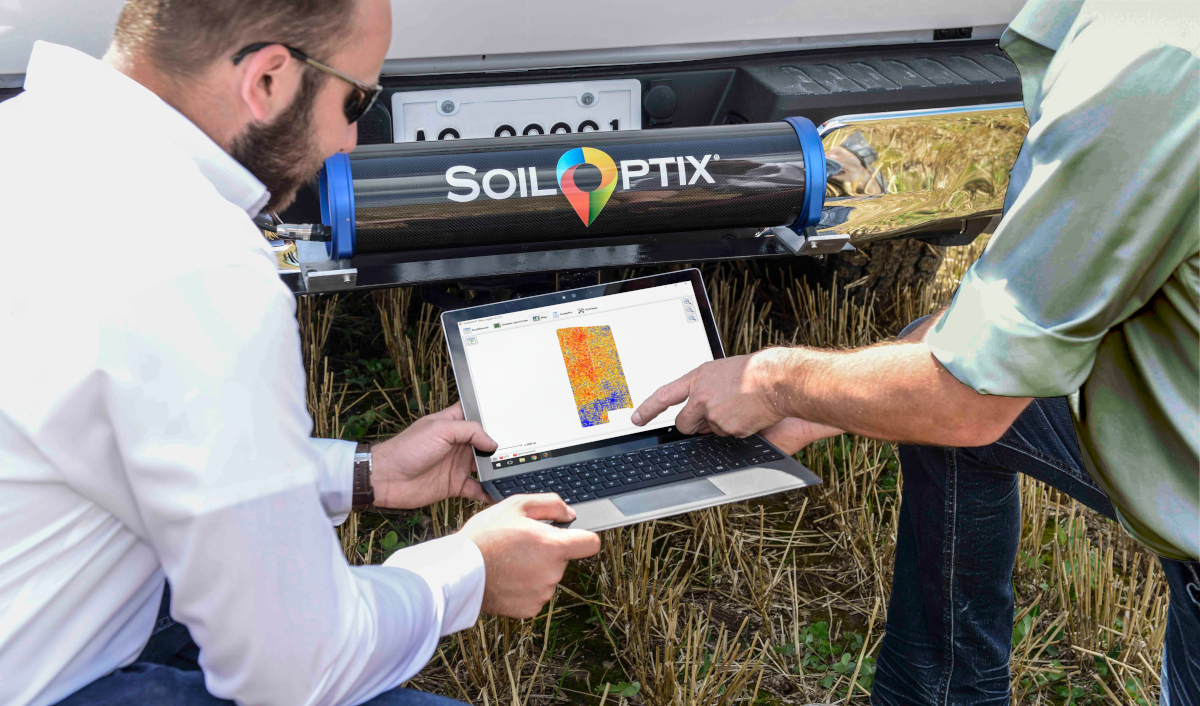Variable-rate fertilizer application allows farmers to apply different fertilizer rates in each part of the field. How they distribute fertilizer depends on the planned yield, rate of soil fertility and other factors that influence it. This might be due to topography, soil texture, electrical conductivity, soil nutrients and moisture content.
Why is Variable-rate fertilizer application used?
All farmlands or fields are heterogeneous. Therefore, soil fertility and the yields across a single field always vary. In our experience, there have been instances when the difference in yields of several plots on a single field reached 400%. As a result, plants in different plots reacted differently to the fertilization process.
If you use an even fertilizer rate in a field like this, there could be additional nutrients in some areas with a deficit in others. As a result, the fertilizer’s efficiency rate will be very low in some parts of the field. Therefore, we consider heterogeneity when applying variable fertilizer rates and determine the exact fertilizer rates for all field areas.
The benefits of variable-rate fertilizer application
• Nutrient balance: All field areas receive the necessary amount of fertilizer.
• Significant increase in yields: More precise rate of fertilizer doses make an increase in yields more likely.
• Save on the fertilizer amount used: Avoid overspending in low nutrient removal areas.

Essential things to start the process
• A tractor with an onboard computer along with a spreader capable of changing rates during the operation: First, you’ll need to load a prescription map to the onboard computer with a flash drive or a modem. The tractor will trace the GPS location and can adjust the fertilizer rates as it proceeds through the field.
• Self-propelled or trailed sprayer with a seed drill: It can be used instead of a fertilizer spreader. In some instances, they can be even more accurate than spreaders because they can switch rates faster.
Probable things that might go wrong
The onboard computer cannot ‘read’ a prescription map. Prescription maps for variable rate fertilizer applications are created using special software. Sometimes their format may be different from the onboard computer. The most prevalent file formats are shp and iso XML. Almost all onboard computer manufacturers support them. You can convert a file to the desired format if it doesn’t work.
You may choose the wrong fertilizer rates. Inspecting your field in good time is essential, no matter how you apply fertilizer. If you complete this step, fertilizer application results will be predictable. To avoid that, you should examine your field and demarcate the proper productivity zones. These are those areas where the relative yield remains stable yearly.
Equipment won’t switch to the necessary fertilizer rate immediately. The fertilizer spreader usually changes the pace by about 20 kg every 100 meters. It also depends on the spreader’s speed and the fertilizer’s type. So applying less fertilizer in a particular area will likely take work. Unfortunately, there aren’t too many ways to avoid it. But the best you can do is buy a spreader that applies fertilizer more accurately or accept the status quo.
In conclusion
Since the inception of VRT, growers have questioned whether the technology is worth the investment. Instead, agronomists and crop advisers recommend it depends on the variability existing in your fields and the production of crops. Many farmers have significant variability within their fields, but with VRT, implementing it becomes much more manageable and accurate, producing better results and more profit. So, are you ready to take the next step in your operation? Get in touch with our soil experts at SoilOptix® today!
